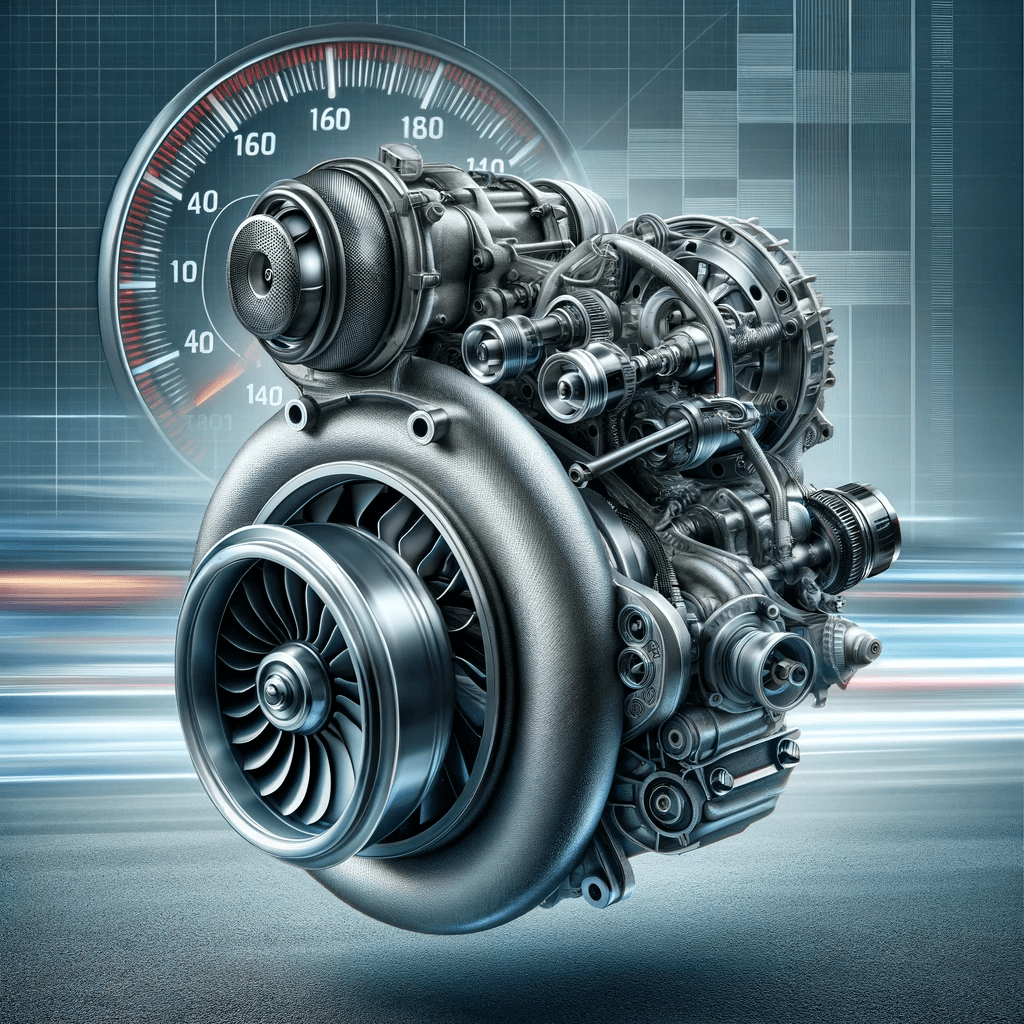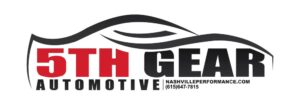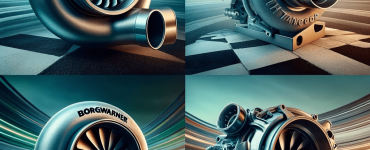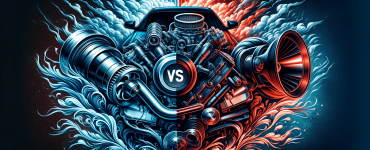Turbocharger vs. Supercharger: Boost control methods
Key Takeaways
| Aspect | Turbocharger | Supercharger |
|---|---|---|
| Boost Control | Adjustable via wastegates and VGT | Typically fixed, determined by pulley size |
| Efficiency | Utilizes exhaust gas, less engine load | Uses engine power, and can be less efficient |
| Response Time | Potential lag, mitigated with advanced tech | Immediate boost due to direct drive |
| Power Output | Can be tuned for higher performance | Fixed output, instant power delivery |
Introduction to Forced Induction
Forced induction systems like turbochargers and superchargers are instrumental in enhancing vehicle performance. These systems compress the air flowing into the engine, allowing it to burn more fuel and produce more power. Understanding the intricacies of boost control in turbo and supercharger systems is crucial for automotive enthusiasts and professionals alike.
Turbochargers: Maximizing Efficiency
Turbochargers are remarkable engineering feats that harness the power of exhaust gases to compress intake air, thus boosting engine power without significantly increasing fuel consumption. They have become increasingly popular due to their efficiency and performance gains, particularly in smaller engines.
Superchargers: Instant Power Delivery
Superchargers offer an alternative method of forced induction, delivering power instantly due to their direct connection to the engine’s crankshaft. This eliminates the lag associated with turbochargers but can impact engine efficiency.
Boost Control in Turbochargers
Boost control in turbochargers is typically managed through devices like wastegates, which regulate the exhaust flow to the turbine, and variable geometry turbines (VGTs), which adjust the flow dynamically. This control is vital for managing engine performance and efficiency.

Boost Control in Superchargers
The boost provided by superchargers is generally fixed, based on the size of the drive pulley and engine speed. However, there are methods to modify this, such as changing the pulley size, to alter the boost level. Yet, the simplicity of superchargers often makes them easier to maintain.
Performance and Tuning
Both turbochargers and superchargers can be tuned for performance. With turbochargers, you can use boost controllers to adjust the pressure, and with superchargers, modifications to the pulley system can change the boost levels. These adjustments are key for enhancing vehicle performance.
Installation Costs and Considerations
Considering the installation of a turbo or supercharger involves evaluating the costs, which include not just the system itself but also any necessary modifications to the vehicle’s engine and exhaust system. Understanding the costs and installation processes is essential for making an informed decision.
Noise and Sound
The choice between a turbocharger and a supercharger can also affect the vehicle’s sound. Turbochargers tend to be quieter, while superchargers, particularly those with a Roots-type blower, can create a distinctive whine that is often sought after by performance enthusiasts.

Conclusion about Boost control methods
Both turbochargers and superchargers have their unique advantages and considerations when it comes to boost control methods. Whether you prioritize efficiency, immediate power delivery, or the ability to fine-tune performance, choosing the right system depends on your specific needs and the type of driving experience you seek.




